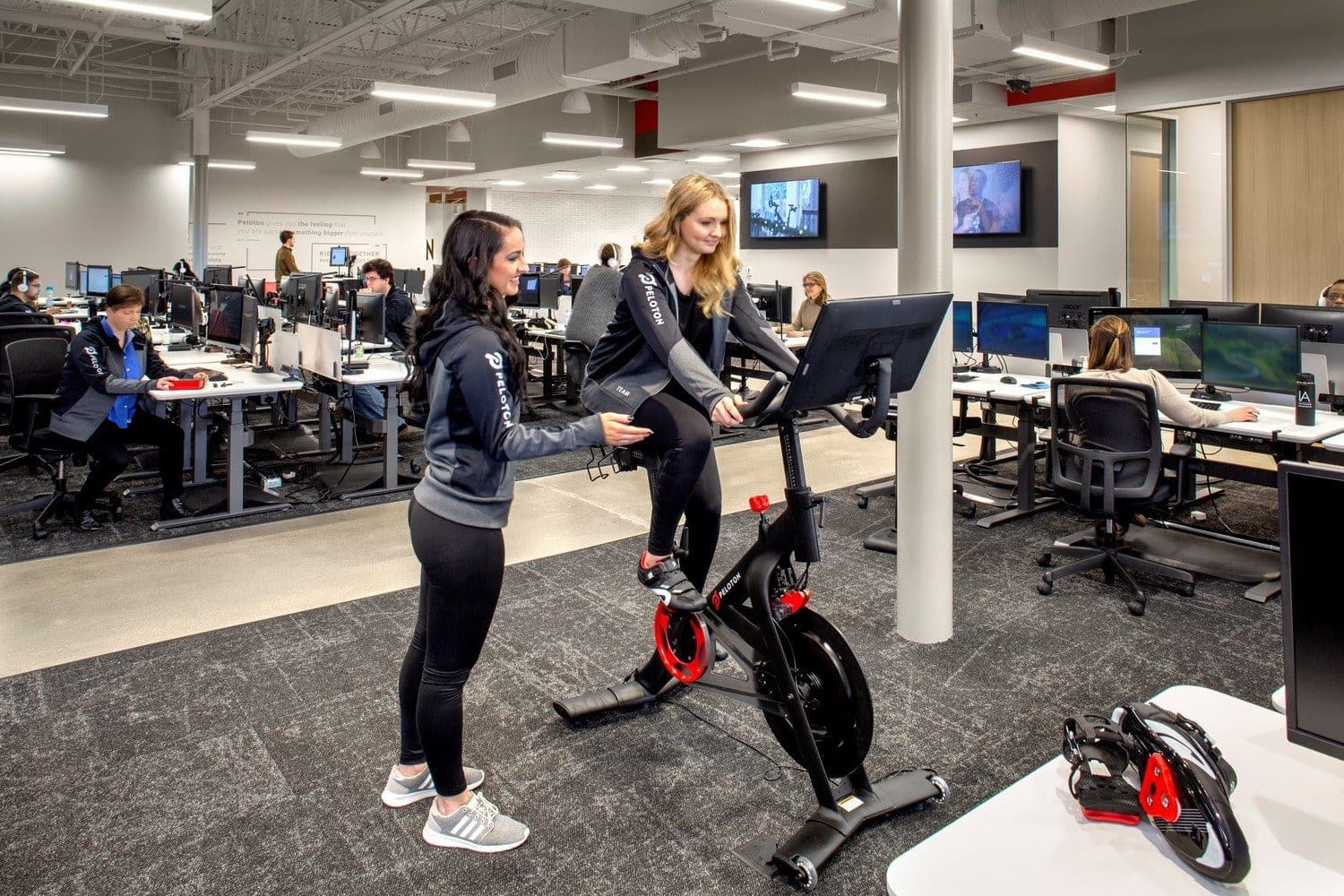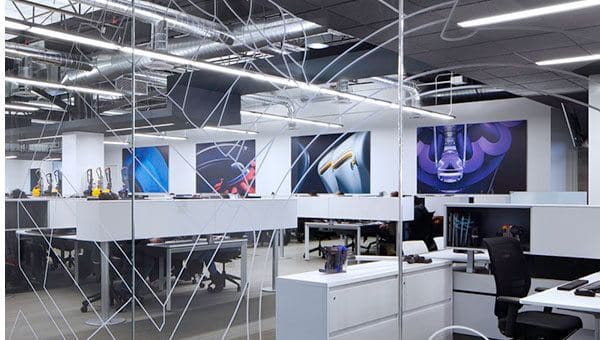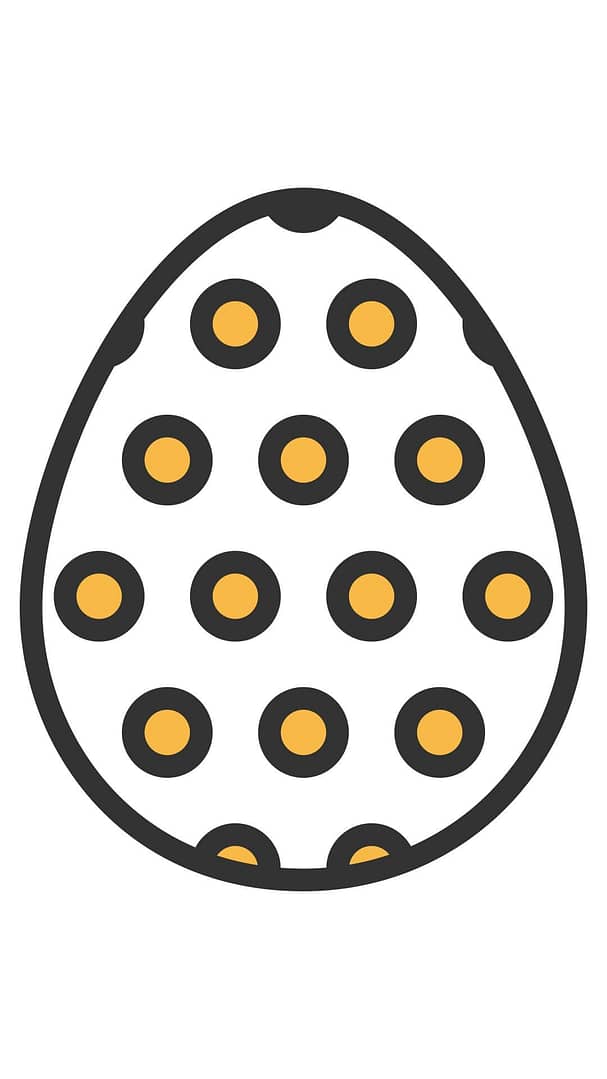
Dyson in Chicago. Photoography © Paul Morgan.
As the scope of customer service communication broadens, the physical environment evolves to support growing teams of service agents.
Traditional call centers – the ones that have a reputation as soul-sucking, high turn-over environments – are disappearing. A lackluster mission and the subsequent organizational design can be to blame: Too often, call centers are relegated as a cost center and a dumping ground for problems. Today, “contact centers” are partners in revenue generation and customer experience, populated with highly educated staff that have career paths and incentives beyond calls-per-minute. For example, IA recently developed a contact center concept for a paid subscription service aimed at proactive customer. This company is staffed with highly educated engineers that solve problems in teams, is trained frequently, and shares the same type of collaborative team environment as other development teams.
So how can space design enable this type of organization?

Big Fish Games, Seattle. Photography © Sherman Takata.
DESIGNING FOR COLLABORATION
The trend towards collaborative and team-based work is spilling over into contact centers. Businesses have discovered that, in many cases, by lowering workstation panels that permit more eye contact agents can share information and resources. This also creates an environment that supports learning.
Similarly, managerial workspaces are becoming more open and accessible. Managers are no longer tucked into dark offices or sitting on elevated platforms, looking down on agents. They are out on the floor with their teams. For Dyson’s Aurora, Illinois call center, IA developed a creative solution to improve communication between managers and agents: By locating the manager workstations next to small coffee bars, agents are encouraged to stop and chat with managers while taking their coffee breaks.
When transitioning to these open, contact center environments, acoustics can be a looming concern. Despite the misconception that tall workstation panels are required to reduce noise, there are a number of other solutions that can be implemented, including strategic desk arrangements, acoustical ceiling panels and batting, and acoustical wall panels. These solutions can be prominent design features. When IA designed the GDIT contact center in London, Kentucky, decorative felt wall panels were displayed as artwork while providing noise reduction at the same time.

DESIGNING FOR WELLNESS
The traditional approach to contact centers created high-stress environments where agents sat at their desks for long periods of time while having repetitive, and often negative, conversations with customers. It is no wonder that when retailer L.L. Bean conducted health risk assessments across a variety of their facilities, they found employees at their three Maine-based call centers were at the highest risk of health problems.
The growing trend toward corporate wellness is perfectly suited to address health risks in call center environments. To combat the negative effects associated with sitting all day, contact centers can embrace the use of height-adjustable work surfaces. And since contact centers are typically staffed twenty-four seven, sit-stand desks also customized settings for multiple agents over the course of several shifts.

Dyson in Chicago. Photoography © Paul Morgan.
In the past, contact center agents were tethered to their desks while talking to customers, often for hours at a time. Today, wireless headsets and mobile devices allow employees to move around, working in a variety of environments while interacting with customers. At Dyson, IA designed specialized “build bars” where employees can grab a vacuum, disassemble it, and reassemble it, all while talking a customer through the process.
The second phase of the project takes the customer experience to the next level by providing video capabilities. In spaces designed for live video chat, agents will be able to show customers how to operate and repair their products in real time while moving throughout the office.
In the future, contact centers will incorporate other tenets of well-building such as fitness centers and healthy food options to promote healthier lifestyles, while plant materials and views to the outdoors can help with stress reduction.

Staff members are equipped with a full gambit of Peloton products. Peloton Customer Care Center, Plano, TX. Photography © Thomas McConnell.
DESIGNING FOR EMPLOYEE ENGAGEMENT
Given the high turnover rates across the industry, contact centers are looking for ways to engage their employees and reinforce that they are part of something larger. One approach to this is through branding, which can be used to educate agents, and teach them about the company’s history and culture.

Dyson in Chicago. Photo by Paul Morgan.
Large-format super graphics feature Dyson’s iconic product designs, while a large timeline informs team members of company history. By showcasing the company’s innovative design philosophy, the environment helps engage call center operators and generate excitement around the brand.
Another approach to employee engagement is through play. Game rooms can offer opportunities for agents to relax and get to know colleagues on their breaks. Play can also be integral to the job itself. LiveOps Inc.’s virtual call centers use a gamification system with virtual badges, points, and leaderboards to track achievements of call center agents. According to Sanjay Mathur, vice president of product management, call times have been reduced by 15% and sales have increased by 8-12% among certain agents since this program was introduced.
IA is a global firm of architects, designers, strategists, and specialists. We focus exclusively on environments through the lens of interior architecture—a radical idea in 1984, when IA was founded. We are highly connected agents of change, committed to creativity, innovation, growth, and community.
IA is a global firm of architects, designers, strategists, and specialists. We focus exclusively on environments through the lens of interior architecture—a radical idea in 1984, when IA was founded. We are highly connected agents of change, committed to creativity, innovation, growth, and community.


